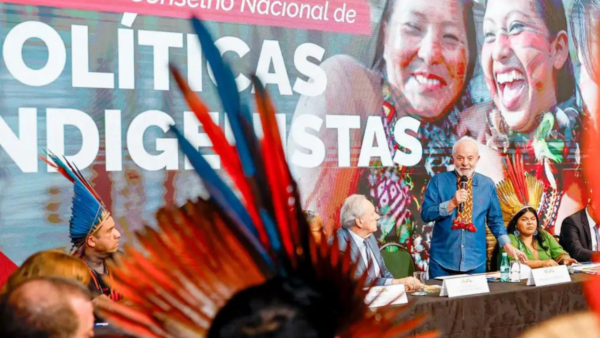After much anticipation, the Brazilian government has finally unveiled the first details of its proposal for a new fiscal framework to tame public spending and prevent the public debt from ballooning. The full text of the proposal is expected next week.
The new framework, if approved by Congress, will replace the rules put in place by a federal spending cap approved by the Michel Temer administration in 2016. The cap placed a hard limit on how much the government could increase its annual budget from one year to the next, only allowing it to rise in line with the official inflation rate.
The government now wants to establish a growth band of 0.6 to 2.5 percent for year-to-year primary expenditure until 2026. However, the national nursing minimum wage passed last year and the Fundeb basic education fund will not count toward this cap band.
In many ways, the proposal built by Finance Minister Fernando Haddad tries to split the baby on the issue of limiting public spending. It embeds some counter-cyclical measures that allow the administration to make new investments — something the left badly wants — while at the same time committing the government to primary surpluses and debt containment, in a nod to the markets.
In general, the fiscal rule presented by Mr. Haddad states that federal government spending can only increase to 70 percent of revenue growth. However, investment in key areas such as health and education will be allowed to grow more, by up to 100 percent of revenue growth.
If the government fails to meet its primary surplus target in a given year, the following budget can only increase spending by up to 50 percent of revenue growth.
However, if the government overachieves its primary surplus target, it can use the extra money for investment. Mr. Haddad also unveiled the surplus goals for the remainder of President Luiz Inácio Lula da Silva’s term:
- 2023: -0.25 to -0.75 percent...


 Search
Search






































